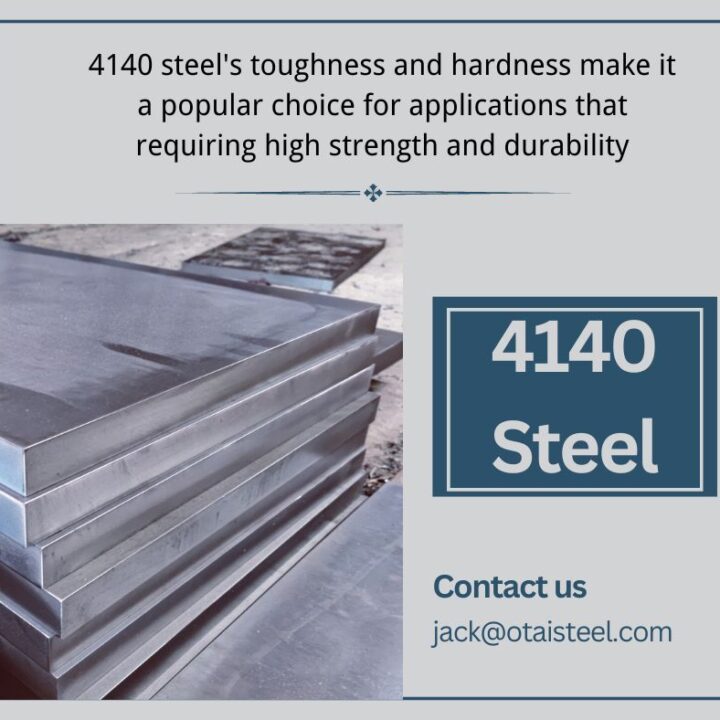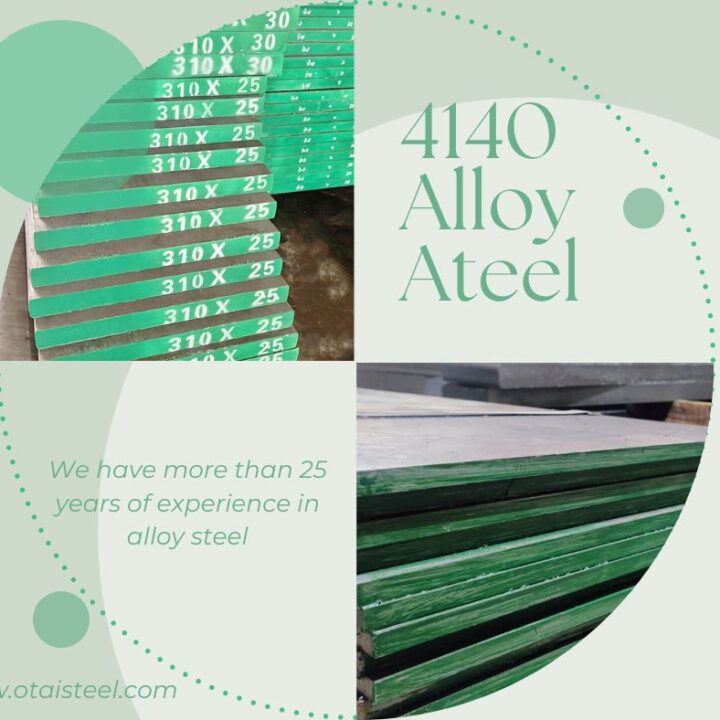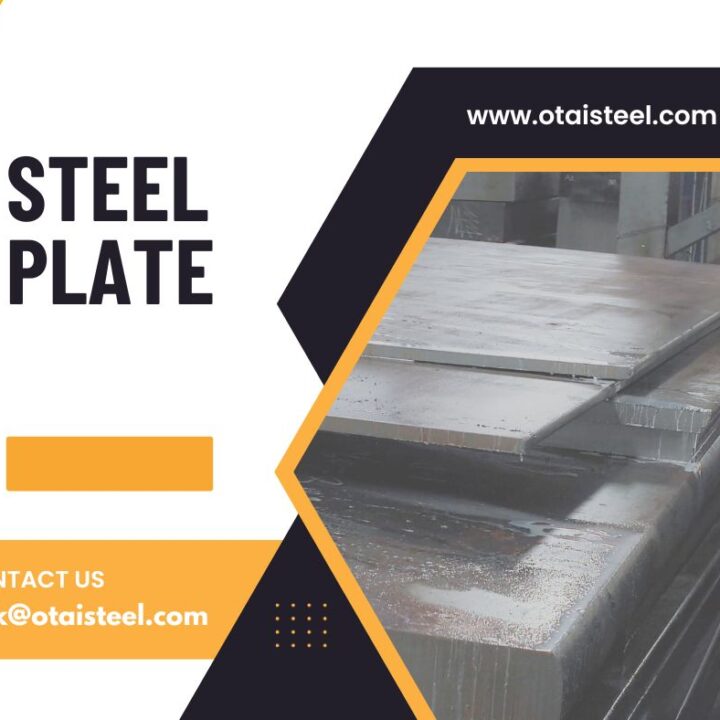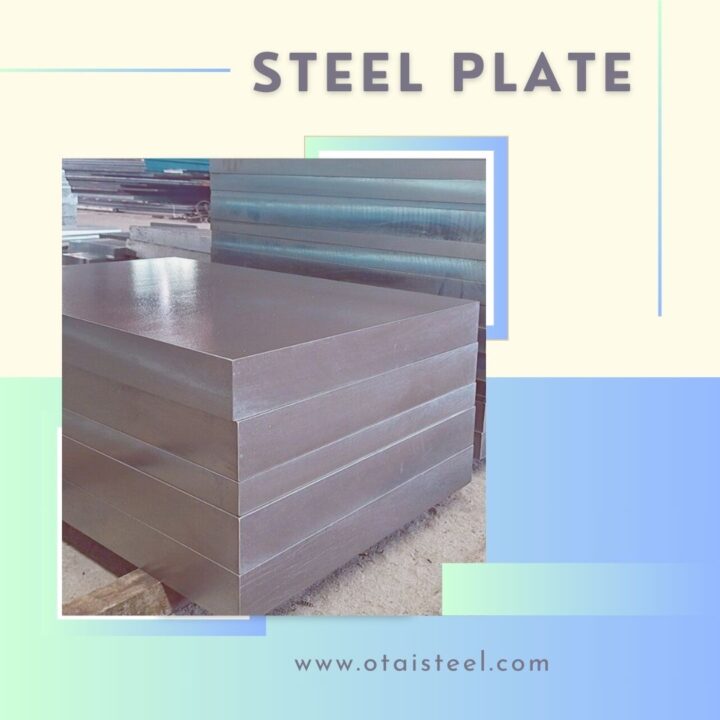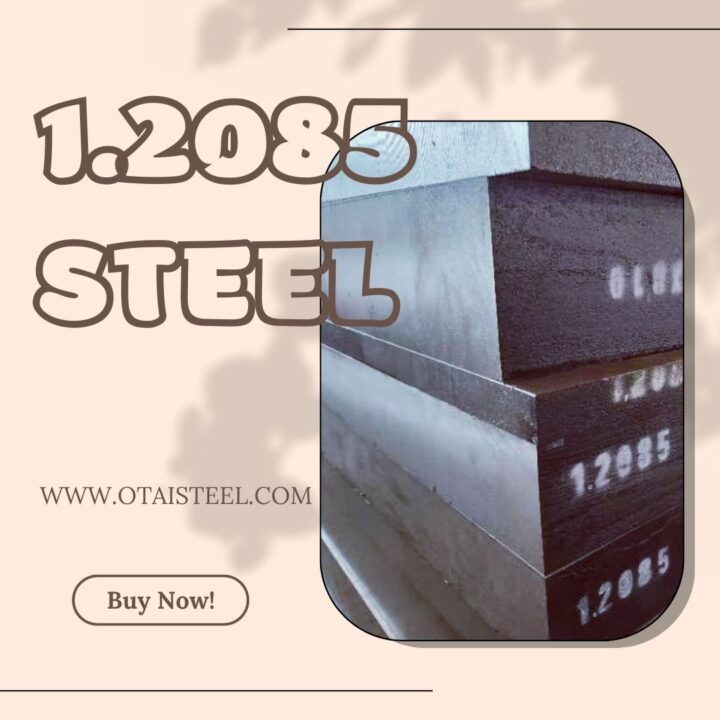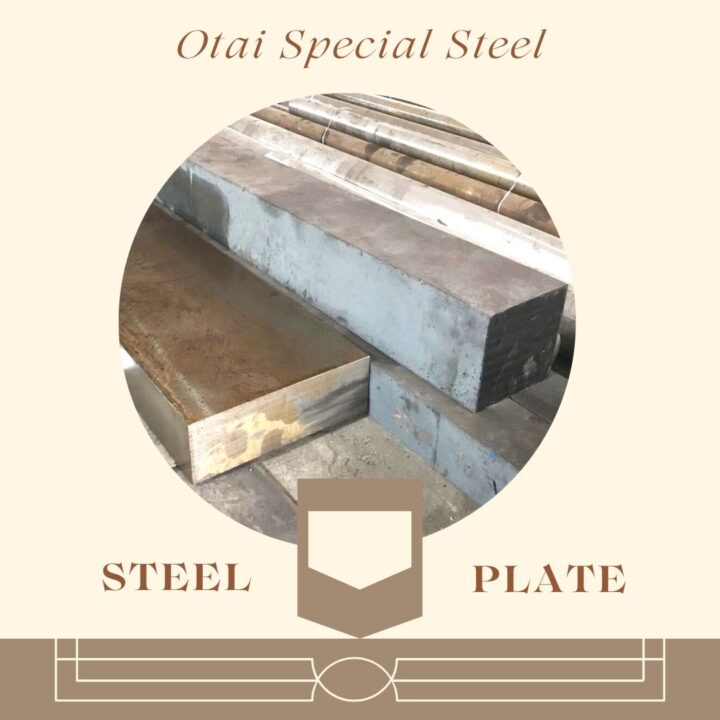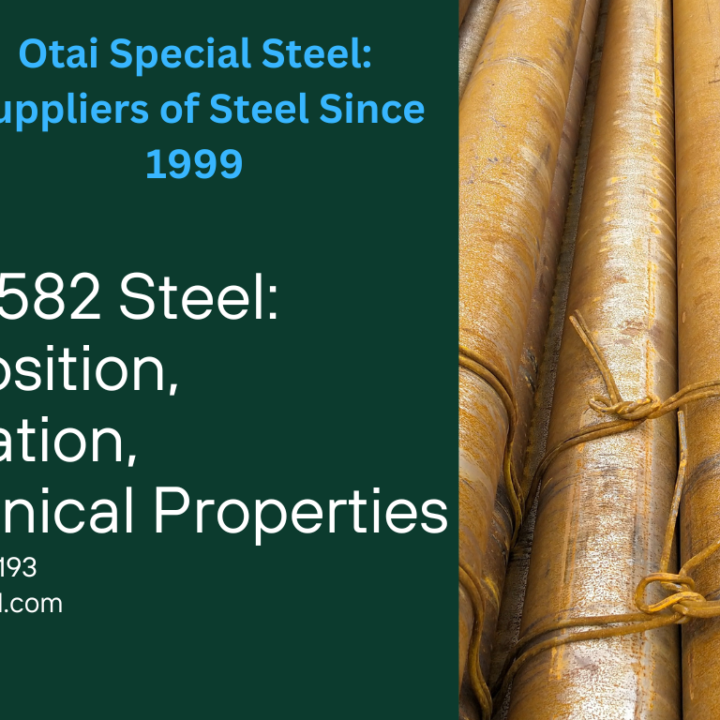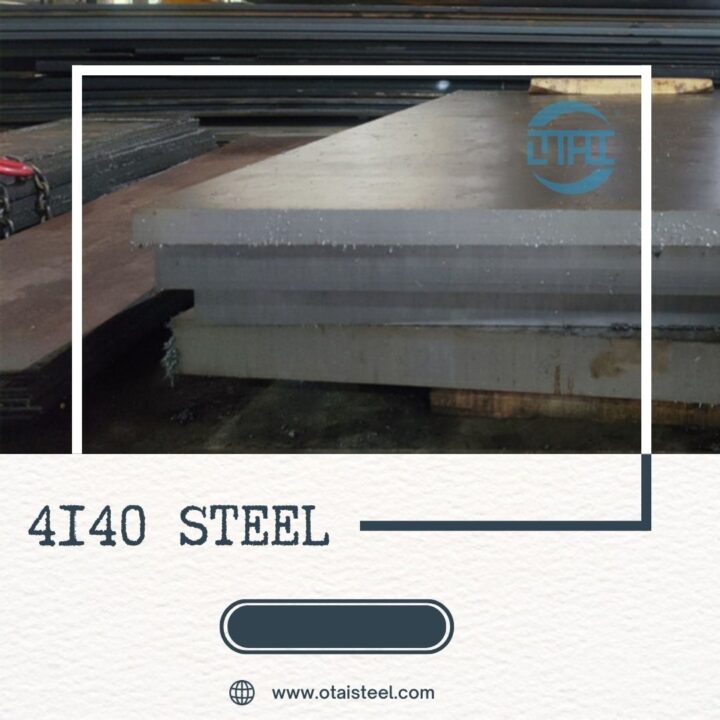Impact toughness, often expressed as the Charpy V-notch (CVN) or Izod impact strength, is measured by subjecting a standardized specimen to a single, sudden impact and recording the energy absorbed during fracture. The higher the energy absorbed, the greater the material’s impact toughness. (4140 steel and engineering alloys)
4140 Steel
Composition and Properties
4140 steel is a versatile low-alloy steel that contains chromium, molybdenum, and manganese. It is known for its excellent strength, hardness, and wear resistance. Due to its balanced properties, 4140 steel finds extensive use in applications such as gears, shafts, bolts, and structural components.
Impact Toughness of 4140 Steel
4140 steel demonstrates good impact toughness, making it suitable for various engineering applications. The CVN impact strength of 4140 steel typically ranges from 40 to 50 Joules at room temperature, depending on the heat treatment and microstructure.
Comparative Analysis 4140 steel and Other Engineering Alloys
1. 4340 Steel
4340 steel is a similar alloy to 4140 steel, but it contains additional nickel, which enhances its toughness. As a result, 4340 steel exhibits slightly higher impact toughness than 4140 steel, with CVN values ranging from 50 to 60 Joules.
2. 1045 Steel
1045 steel is a medium-carbon steel known for its excellent machinability and weldability. However, compared to 4140 steel, it generally has lower impact toughness, with CVN values ranging from 20 to 30 Joules.
3. 316 Stainless Steel
316 stainless steel is a corrosion-resistant alloy widely used in marine and food processing applications. While it offers good toughness, its impact strength is lower than that of 4140 steel, with CVN values around 40 Joules.
4. Aluminum Alloys
Aluminum alloys are lightweight materials commonly used in aerospace and automotive industries. While they possess good impact toughness, their values are significantly lower than those of steel alloys, usually ranging from 10 to 30 Joules.
Engineers should carefully consider the specific requirements of their projects and choose materials accordingly to ensure optimal performance and safety.
